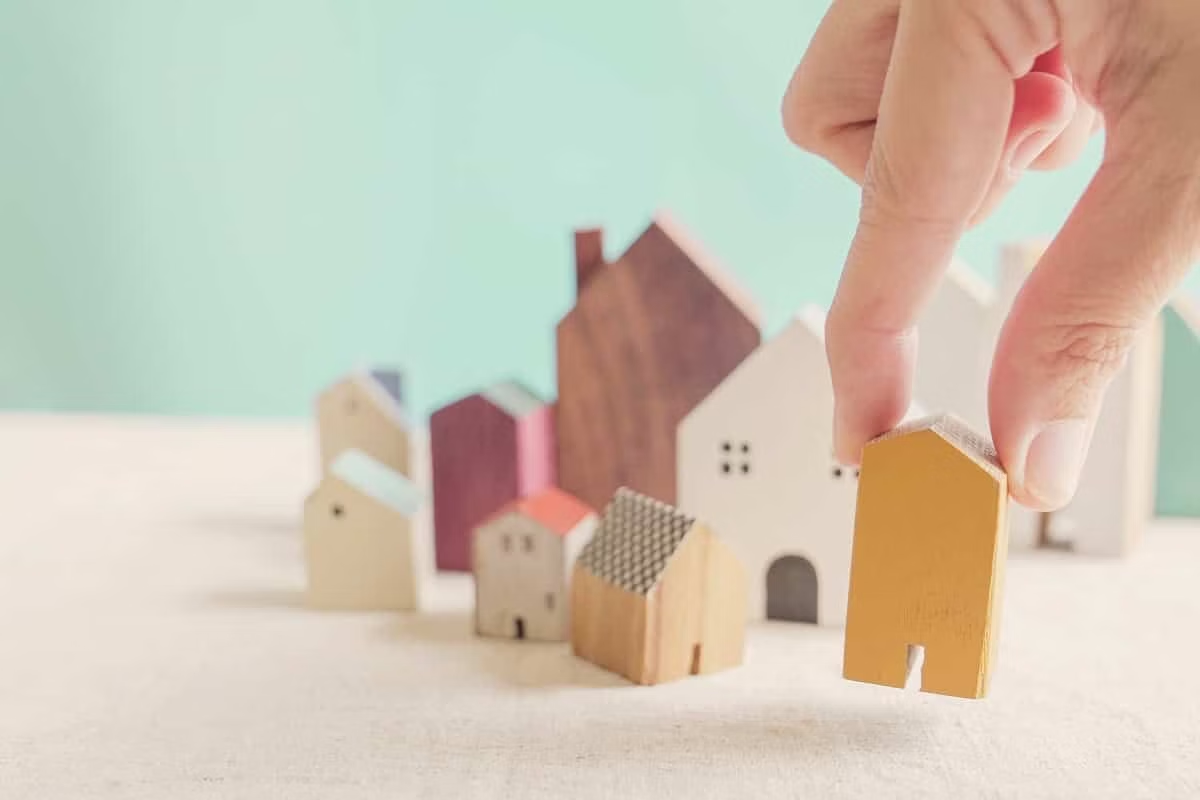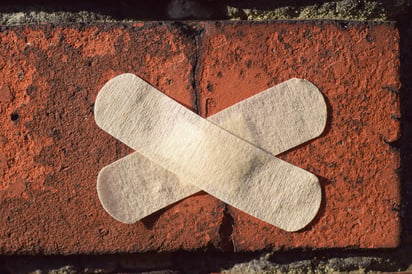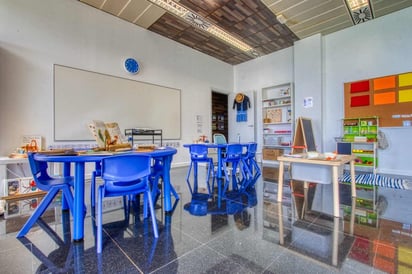The time has come, the decision to buy a (second) home in Spain is a fact, or maybe you've already found 'the home'!
If you can finance the purchase with your own funds, that is currently the most ideal option in Spain. However, there are many among us who -for various reasons- prefer to finance a portion with a mortgage. You can arrange the financing in your own country or in Spain. From the many buyers who have gone before you, we now know that applying for a mortgage in Spain can be a challenge and certainly time-consuming. That's why in this blog we will extensively inform you about what to consider and why it is advisable to apply for the mortgage at an early stage..

The application for a mortgage involves the submission of a substantial amount of documentation and moreover, the speed (or rather slowness) with which the documentation is reviewed and processed by the banks may not be as you are used to in your own country. This is because each country has its own financial documents (pay slips, tax overviews, company annual accounts), which complicates their interpretation, and then there is, of course, the language barrier, which delays a proper assessment.
Therefore, it is essential to submit the mortgage application well in advance and, if possible, even start the procedure before the reservation, so that you have a realistic view of your maximum spending capacity in a timely manner.
If you find a house and it turns out that some financing is needed, give yourself enough time to complete the application process. In that case, plan the final notary date no earlier than 10 weeks after signing the reservation agreement. If the process is completed earlier, you can always choose to go to the notary earlier.
A further advantage of an approved offer is that you immediately have a good guideline for the maximum purchase price of your future home, and it also prevents a lot of stress and disappointment. A reservation or 'purchase with the right to financing' is not customary in Spain. You might miss out on a property while waiting for approval or even lose the paid reservation fee if you can't get the mortgage in time.
We recommend that you also apply for a NIE certificate at this stage, as this is also needed for the mortgage application and takes time to obtain. Read more about it in this blog.
After a mortgage is approved, we're not done yet. A period of 10 days 'cooling-off' is legally required in Spain, a period that starts from the moment the mortgage details are provided to the notary by the bank. After these 10 calendar days, as a buyer, you must first sign the acceptance of the mortgage terms (FEIN) in the presence of the notary, and at least 1 calendar day later, the mortgage deed and purchase deed can be signed. In other words, you must allow for two notary days!
Also keep in mind that the money you pay from your own funds for the purchase of the house (the part that is not paid from financing) must be in the Spanish bank account on time. This can be an account of your own or an escrow account of the notary, and the bank providing the financing in Spain will require you to indicate this. Many banks have a daily limit of, for example 50,000 euros, for transfers abroad, which may mean you need to make multiple transfers on different days to reach the full amount. This means it will take longer for the entire amount to be in the account! If the money is not there on time, the notarial transfer obviously cannot take place.
TIP! Most banks also offer the option to temporarily increase the daily limit, so you can transfer the amount in one go. However, you need to request this well in advance from the bank!
N.B. A mortgage on an existing property can be granted through an independent appraisal, but for a new-build property/apartment (so-called project), a mortgage can generally only be granted once the new-build property is registered in the Property Registry (a process that can take another two to three months after issuing a 'completion certificate'). An exception can be made for a single-family home, but this varies by bank.
In short, a mortgage application takes time and requires the submission of a lot of documentation. Keep this in mind, prepare yourself, and plan enough time for yourself! As the title already indicated, we provide you with a checklist to help you with this.
It is also advisable to engage a well-known intermediary in the field of mortgages, who can guide you and explain all the further ins and outs in detail. The extra costs you incur give you the convenience of a specialist in the field of mortgages in a foreign country, a fixed point of contact, and moreover, you can communicate in your own language.

CHECKLIST MORTGAGE IN SPAIN
Maximum financing for non-residents:
- 1st home: 70% of the purchase price of the home (> 60 years, 60%)
- If it concerns a 2nd, 3rd or more homes: 50%
- Purchase via company: 60%
Note: As a rule of thumb, you can assume that a maximum of 40% of the net monthly income can be spent on the mortgage.
Timeframe:
The entire process takes an average of 6-8 weeks.
- week 1-2: Collecting documents (Average time it takes customers to collect documents is often a bit longer)
- week 2: Verification
- week 2: Collecting remaining documents
- week 3: Offer from the bank
- week 4-5: Appraisal of the property
- week 6-7: Binding offer from the bank (FEIN*) followed by submission to the notary
You have to wait another 10 days after signing the mortgage terms before you can go to the notary to complete the process.
** FEIN: contains the essential information about the mortgage loan, the so-called mortgage terms.*
Maximum term:
- Residents: 30 years
- Non-residents: 20 years (as an exception 25 years)
- Age: The mortgage must be repaid before the customer is 75 (in some cases 80) years old
If there are multiple applicants, the maximum term is calculated based on the age of the person with the highest income.
Overview of Expected Costs:
- Transfer tax: 10% (region Comunidad Valenciana) up to 1M, above that 11%
- Notary, registry and gestoria: €2,500 - €5,000 (estimated price)
- Home insurance: €400 (estimate, varies per property)
- Life insurance: €500 per year (depending on age and mortgage amount)
- Bank arrangement fee: 0.5%-1% of the mortgage amount
- Intermediary fees: €2,500 - €3,000 (estimated price)
Rough Calculation - Example:
Example for a property value of €100,000 purchased by a non-resident:
- 70% Mortgage - €70,000
- 30% Down payment - €30,000
- 10% Transfer tax (Com. Valenciana) - €10,000
- 5% Other costs - €5,000 (estimate)
Total required own funds: 45% - €45,000
Mortgage Types:
There are only 2 types of mortgages in Spain, and a combination of these two forms:
- Fixed interest rate: This is fixed for the entire term
- Variable interest rate: This is reset each year based on Euribor and margin rate
- Mixed: A combination of fixed and variable, typically offering a fixed period of 5 years, after which it changes to a variable interest rate
Required Documentation:
Personal Identification
- Copy of ID card or passport
- Copy of NIE (Numero Identificación Extranjero)
- Copy of Citizen Service Number (visible on the 1st page of the passport)
Proof of Income
If employed:
- 3 recent pay slips
- 2 most recent full tax returns
- Bank statements for the past 6 months, showing all credits and debits
- Annual statement
- Extract from BKR register / Credit Report
- Overview of savings
- Overview of own home mortgage, showing monthly payment, interest rate, loan amount, and end date
- Land registry extract / overview of current property value(s) in NL/BE
- Rental contractSelf-employed (DGA or ZZP):
- 2 most recent full tax returns
- Annual accounts, profit & loss statement, balance sheet for the past two years
- Chamber of Commerce registration
- Extract from BKR / Credit Report
- Overview of savings
- Overview of own home mortgage, showing monthly payment, interest rate, loan amount, and end date
- Land registry extract / overview of current property value(s) in NL/BE
- Rental contractIncome from rental payments:
- Excel overview with property address, value, mortgage amount, monthly payment, rental income
- Rental contracts for rented properties
- Bank statements for the past 6 months showing rental payments
- General information regarding purchase
- Provisional purchase contract / Reservation contract
- Proof of reservation payment / deposit
- NOTA SIMPLE (extract from Spanish property register)
- Licencia de Primera Ocupación (for new builds)
- Appraisal report (if available)
Note: Banks may request additional information during the application process.

.png?width=774&height=322&name=oficina%20%20kantoor%20IMMOFY%20(2).png)



